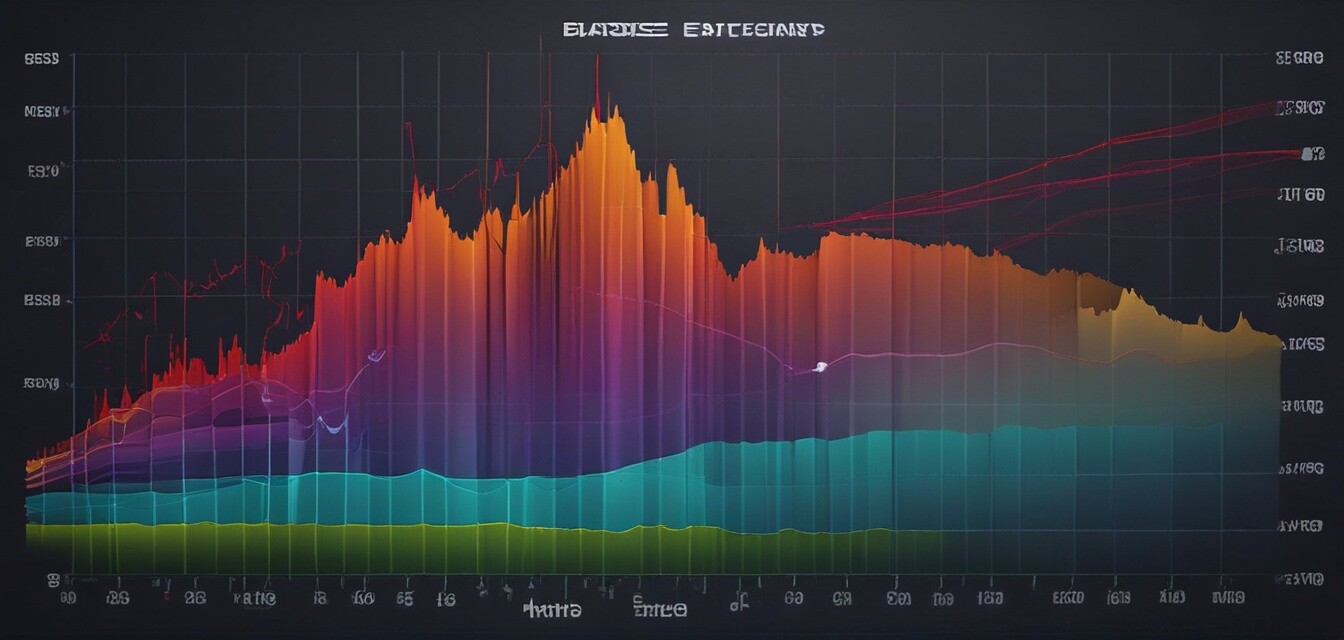
Analyzing Earbud Frequency Response Curves
Key Takeaways
- Frequency response curves provide vital insights into the sound profile of earbuds.
- Understanding curves can help you assess bass, midrange, and treble accurately.
- Different sound signatures cater to various listening preferences.
- When purchasing earbuds, consider how these curves align with your audio expectations.
- Utilizing tools to analyze headphones can allow for a more informed buying decision.
Understanding the frequency response curves of earbuds is essential for audiophiles and music enthusiasts alike. These curves allow you to evaluate the sound quality of earbuds, helping you make informed purchasing decisions. In this article, we'll cover the key aspects of frequency response curves and how they impact your overall listening experience.
What is a frequency response curve?
A frequency response curve is a graphical representation of how a device, like earbuds, reproduces different frequencies. The X-axis of the graph typically represents frequency in Hertz (Hz), while the Y-axis shows the sound pressure level in decibels (dB).
Understanding the axes
| X-Axis (Frequency) | Y-Axis (Sound Pressure Level) |
|---|---|
| Indicates the range of sound frequencies, from low to high (20 Hz to 20 kHz). | Measures the output level of sound as perceived by the human ear. |
Interpreting frequency response curves
Reading a frequency response curve can initially seem daunting, but it breaks down into comprehensible elements. Here’s what you need to focus on:
1. The bass region (20 Hz - 250 Hz)
This area represents lower frequencies and is crucial for genres like hip-hop and electronic music. You want to see a smooth rise in this region if you prefer a bass-heavy sound profile.
2. The midrange (250 Hz - 4 kHz)
This is the most critical area for vocals and most instruments. Ideally, this section should maintain stability, with minimal peaks or dips for clarity.
3. The treble range (4 kHz - 20 kHz)
A smooth roll-off in this area is often desirable as excessive treble can cause ear fatigue. Look for a gentle increase to enhance detail without overwhelming the listener.
Common frequency response shapes
Let’s explore various frequency response curves and what they mean:
| Frequency Response Shape | Characteristics |
|---|---|
| V-Shaped | Emphasizes bass and treble while slightly pulling back on mids. |
| Flat | Offers a balanced sound profile, presenting all frequencies equally. |
| Warm | Boosted midrange and bass for a smooth and rich sound. |
| Bright | Emphasizes treble for greater detail but can be fatiguing over time. |
Using frequency response curves to choose earbuds
When you're shopping for the best earbuds, frequency response curves can help narrow down your options. Here are key steps:
- Identify your preferred sound profile.
- Compare the curves of various models.
- Consider how external factors (like your listening environment) might impact sound quality.
- Read user reviews based on similar listening preferences.
Tools for analyzing frequency response
Several tools can assist you in evaluating headphone frequency response curves. Look for smartphone apps or websites that offer compelling data on audio products. They may provide reviews and user averages, which can help you understand which earbuds might fit your preferences.
Conclusion
In summary, analyzing earbud frequency response curves can vastly improve your listening experience by helping you make informed purchases. Understanding sound profiles enables you to select earbuds that align with your musical tastes. Next time you consider buying new earbuds, remember the significance of these curves, enhancing your journey into the world of audio.
Pros
- Allows for better understanding of audio quality
- Helps match earbuds to personal preferences
- Improves overall headphone purchasing decisions
Cons
- Can be challenging to interpret for beginners
- Not all models publish their frequency response
- Subjective preferences may vary despite curves
Further reading and resources
For more insights into headphone selection, check out our guides on headphone buying guides and audiophile earbuds. Understanding your preferences is essential for a great listening experience!